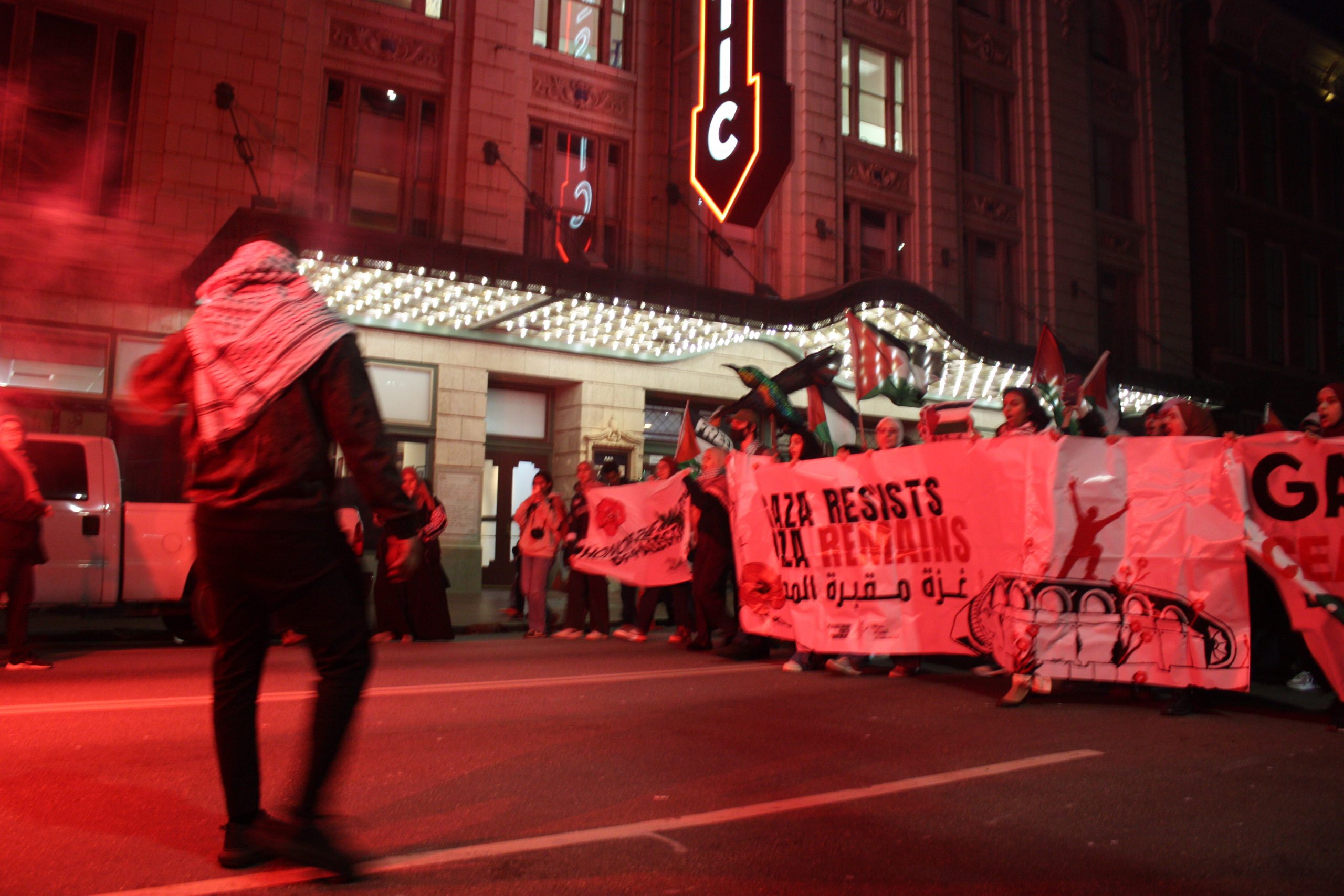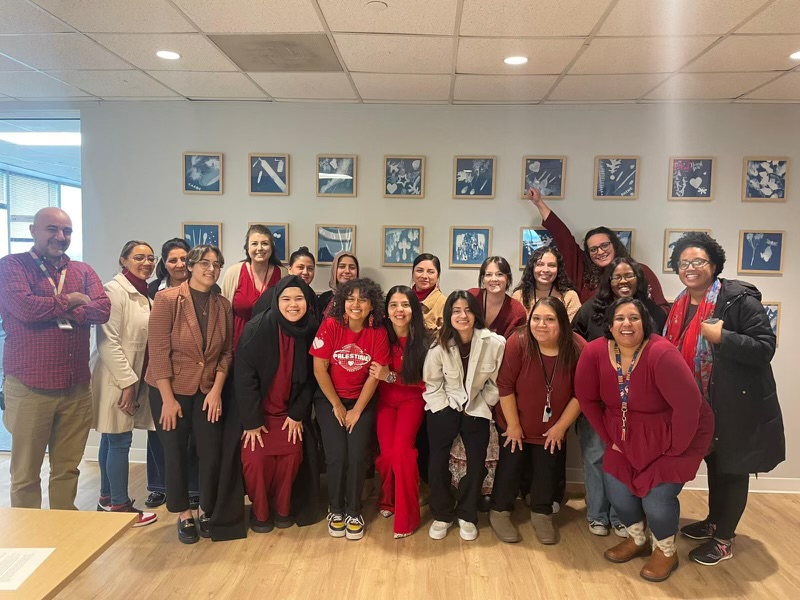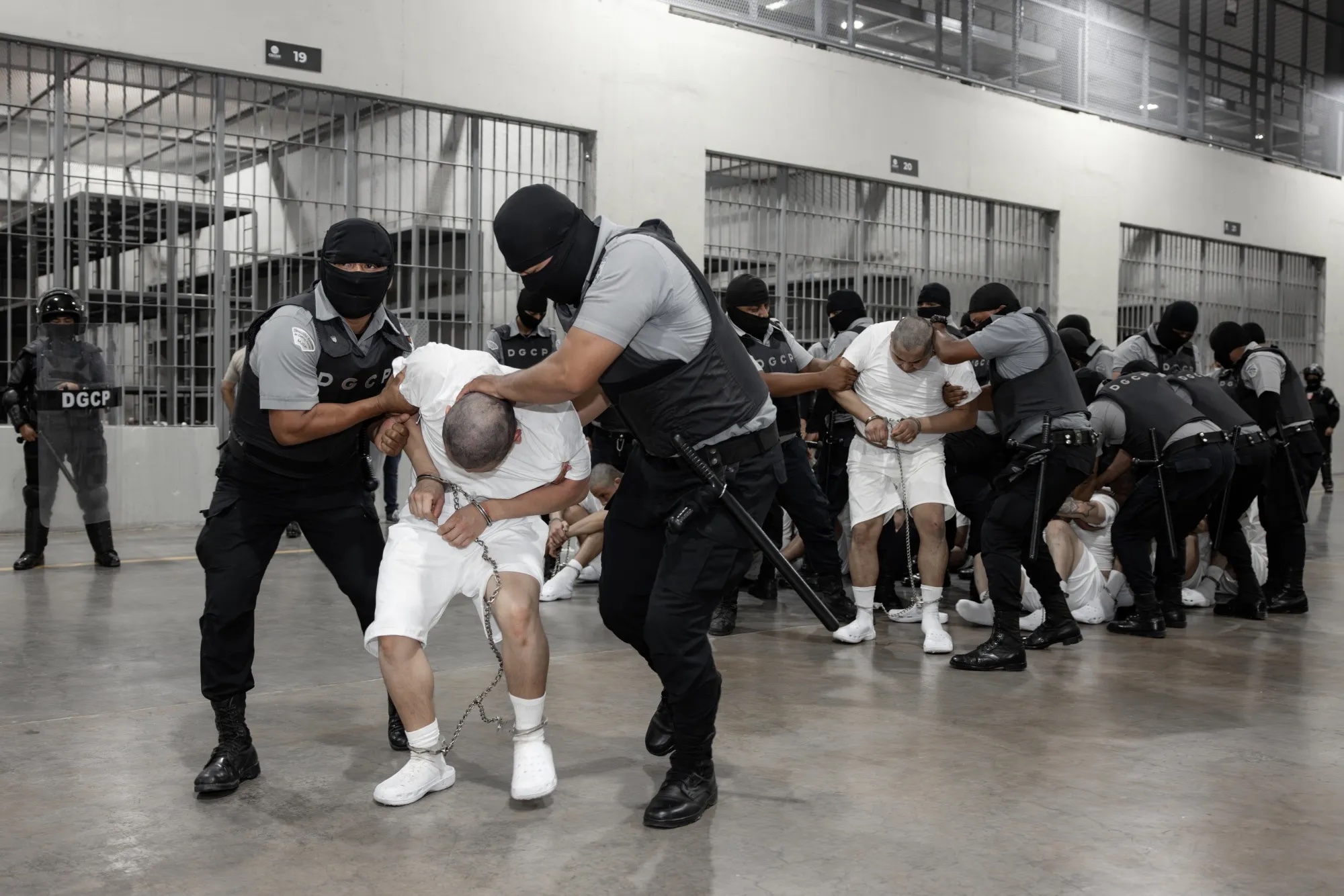Israel’s full cabinet just approved a hostage deal that will, optimistically, bring an end to the 15-month siege of the people of Gaza. But life after Israeli bombardment carries the weight of grief with the imposing need for reconstruction, not to mention the greater goal of liberation.
The end of this last week has been rocky, to say the least.
Wednesday, Jan. 15, Qatar’s government released a statement that a three-phase ceasefire deal had been made between Israel and Hamas. Immediately after, both Gaza and Jenin in the West Bank were subject to bombings from Israel. Israel’s current administration was in an uproar; Prime Minister Netanyahu seemed keen on delaying the deal, accusing Hamas of backtracking; Several far-right members of the cabinet threatened us with a good time (resignation) if the deal was approved, with National Security Minister Ben-Gvir delivering on that promise.
Despite the vote seemingly delayed to Saturday, the deal received the ‘okay’ from the security cabinet early yesterday before receiving full cabinet approval after five hours of deliberation.
“Despite the barbaric and violent attacks and the billions upon billions of dollars fed into an alleged ‘undefeatable’ army, we have seen Israel fail to achieve every one of its military goals,” a representative from Palestinian Youth Movement said during a protest on Thursday. “We bear witness that from underneath the rubble and destruction, the heart of the Palestinian resistance and Gaza continues to beat. […] We affirm that our work here in the U.S., in the heart of empire, is not done. In fact, we’ve barely scratched the surface.”
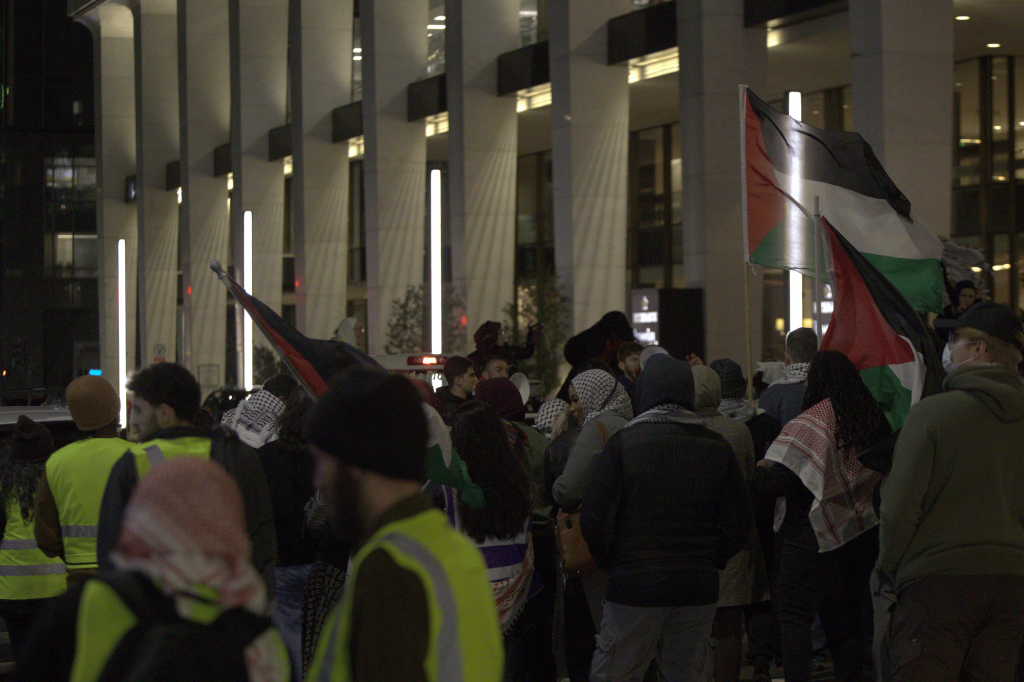
PYM, assisted by organizers from Party for Socialism & Liberation and Freedom Road Socialist Organization, marched through Downtown Dallas that night to reaffirm their unconditional commitment to Palestinian liberation, ceasefire or no. Activists emphasized that, while the siege may be ending, Israel’s occupation of Palestine lives on with US support.
While Palestinians celebrated the announcement, despite continued vulnerability to Israel’s attacks until Sunday, activists in the United States emphasized that the fight for liberation is far from over. And protesters agreed, with many stating that focus should now shift to support for Gazans and efforts to rebuild. “Gaza is rubble now. That’s the reality,” an activist that preferred anonymity stated. “Now, we need to shift gears and focus on providing the people support. These people need to grieve and we owe it to them to give as much material support as we can.”
Sunday, the first phase of a three-phase ceasefire begins. In this stage, Hamas will release 33 Israeli captives, including all living Israeli children, civilian women, elderly, and female Israeli soldiers. Israel will then release 30 Palestinian children and women for every Israeli civilian released.
Under the orders of the deal, Israel also must allow the entry of 600 aid trucks per day into Gaza. Fifty fuel trucks are included in this number, which would be providing the necessary power for both the machinery to clear the rubble and the operation of hospitals, bakeries, and other important facilities necessary.
Concurrently, displaced unarmed Palestinians will be able to return to their homes in Gaza as Israelis gradually withdraw from some parts of the Gaza Strip. Israel has agreed to not conduct military flights over the strip for set periods each day.
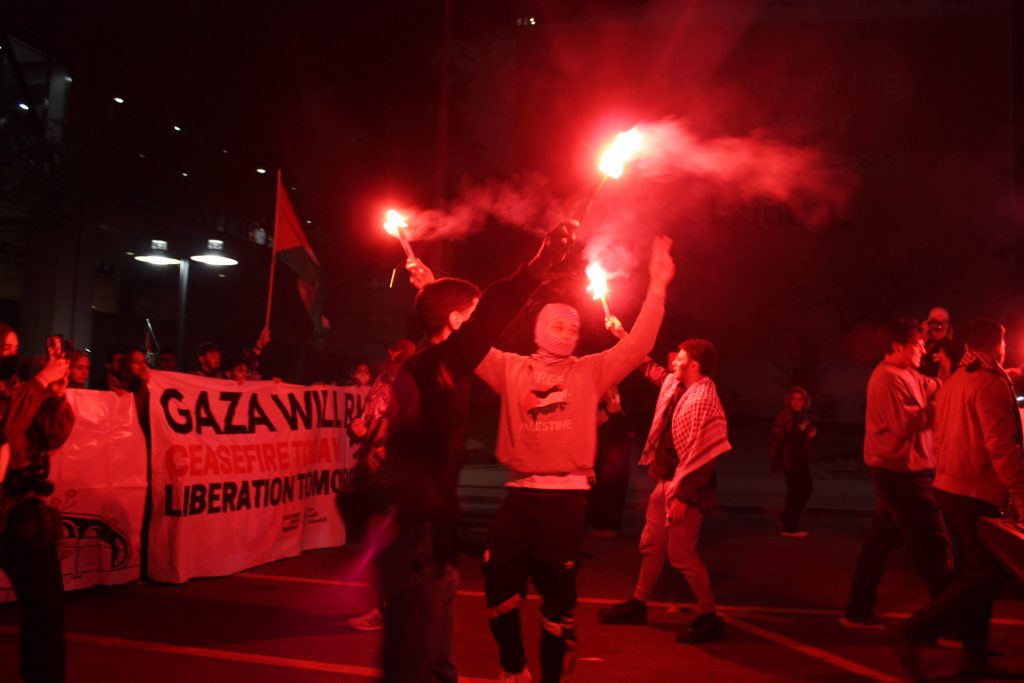
In the second phase of the deal, Hamas will release the remaining male captives as Israel releases Palestinian hostages. Prisoner exchanges would be conditional to both sides agreeing to a “sustainable calm” and the withdrawal of remaining Israeli soldiers from the Gaza Strip.
In the final stage, both sides will release the remains of deceased captives. This phase also stipulates that Israel will end its blockade of the Gaza Strip and that Hamas does not revitalize its military wing. While Hamas has been in agreement with this deal since last spring, many feel unease regarding Israel’s commitment to the ceasefire.
Although Palestine suffered massive losses, consensus among many is that this war was won by the resistance. While significant casualties were sustained by Hamas, recruitment numbers helped the group to bounce back against IDF forces as Israel gradually suffered more retention issues among its military. Spreading itself thin between attacks on Lebanon, Syria, and Iran, Israel made consistent strategic missteps. And with this, the western world is reminded once again (Vietnam, Iraq, etc.): killing a lot of people does not ‘win’ a war.
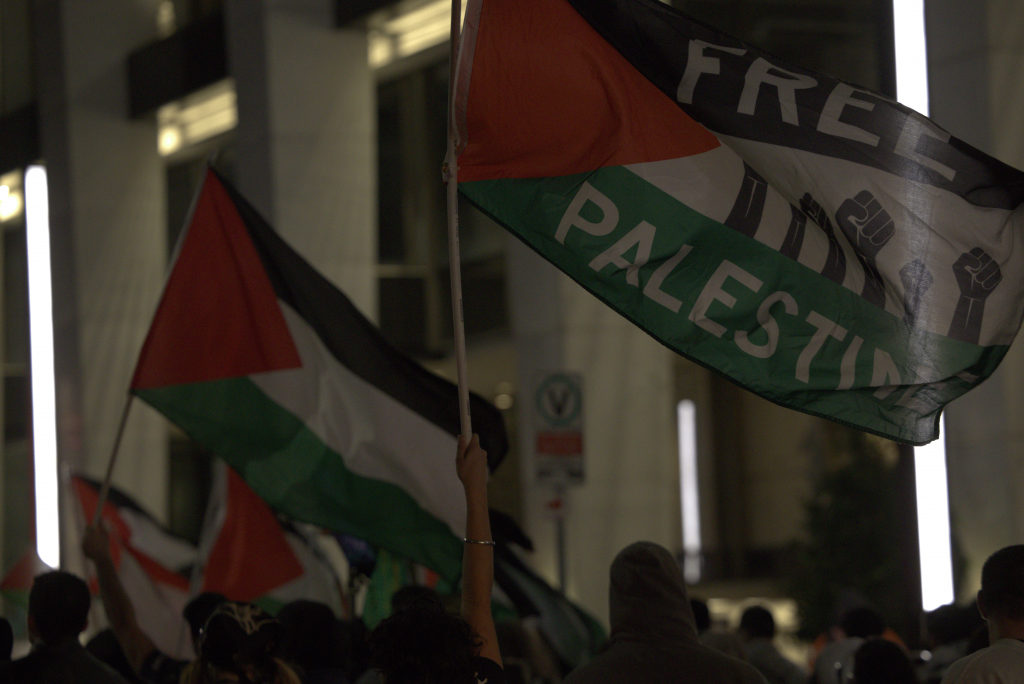
While President-elect Trump is seemingly taking credit for the deal in an effort to further paint himself as an anti-war politician, support for Israeli settlements will not waver. As mega-donor and Dallas Mavericks owner Miriam Adelson offered $100 million to his campaign on the condition of the annexation of the West Bank, Trump is likely to make good on helping to facilitate this promise.
For Palestine, there is still much to be done. Settler colonialism and occupation in Gaza and the West Bank still rages on. And in the case of the former, increased western presence under the guise of humanitarian aid is likely. As Palestinians end this particular chapter of their fight for freedom, the time to mourn their losses and rebuild steadily approaches. In the same way that Israel’s onslaught did not begin on Oct. 7, this struggle is far from finished.

